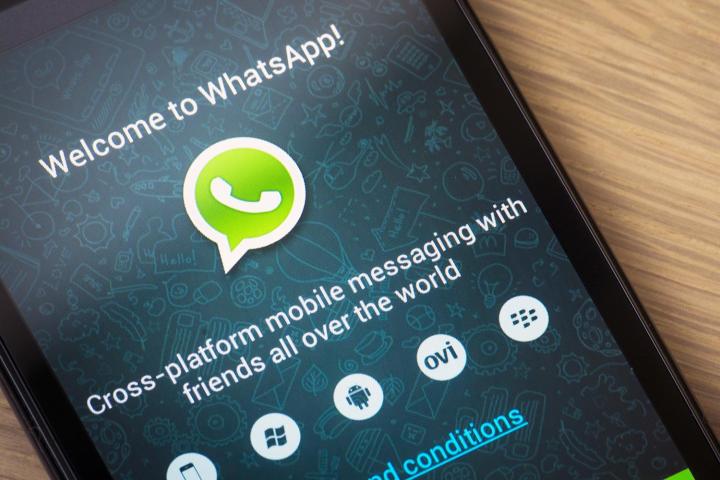
The popular messaging service now lets Android users personalize images and videos with text, doodles, and emojis. The update allows you to customize both new and old media, whether it be photos and clips stored on your phone or those taken from the camera while in WhatsApp.
Now, when you select an existing image or take a new one, you’ll see a number of new icons across the top of the screen, all of which allow you to edit the photo — the same goes for videos. Aside from the aforementioned features, you can also change the font and color of the captions.

In an effort to further emphasize the WhatsApp camera, the messaging app now also supports your Android phone’s front-facing flash. This, according to the company, will allow you to “take the perfect selfie” in low light and at night.
A number of new touch gesture features have also been added as part of the update, including the ability to zoom when recording videos by sliding your finger up and down the screen, and double-tap to switch between front and rear cameras. WhatsApp says all the new tools will be available for iPhone soon.
Photo and video customization tools are now the norm on most multimedia apps. Since Snapchat popularized the feature in the United States, users have come to expect it elsewhere. Consequently, the likes of Facebook, Instagram, and Tumblr have added personalization tools to their flagship or spinoff apps. Therefore, it was always strange to see WhatsApp (an app that boasts a significantly larger global audience than its competitors) lagging behind. Whereas it may not be able to entice Snapchat advocates in the U.S. to take to its camera, it will be hoping its users abroad (in regions where Snapchat’s penetration is limited) will share more original visual content as a result of the update.
After years spent unsuccessfully trying to copy Snapchat via similar stand-alone apps, Facebook is now resorting to borrowing its younger rival’s popular features for its biggest platforms. Before WhatsApp, there was Instagram’s plagiarism of Snapchat Stories, and most recently it was revealed that Facebook is testing a stories-style feature for its Messenger app in Poland. The latter (combined with the WhatsApp update) seems like a regional play to steal Snapchat’s thunder in countries where it hasn’t yet built an audience. If successful, the move could turn out to be a major obstacle toward Snapchat’s growth beyond the U.S.
Editors' Recommendations
- Meta’s ChatGPT killer is taking over your favorite apps
- How to know if someone blocked you on WhatsApp
- If you have one of these apps on your Android phone, delete it immediately
- WhatsApp now lets you send self-destructing voice messages
- WhatsApp used to be one of my favorite apps. Now, I can’t stand it

